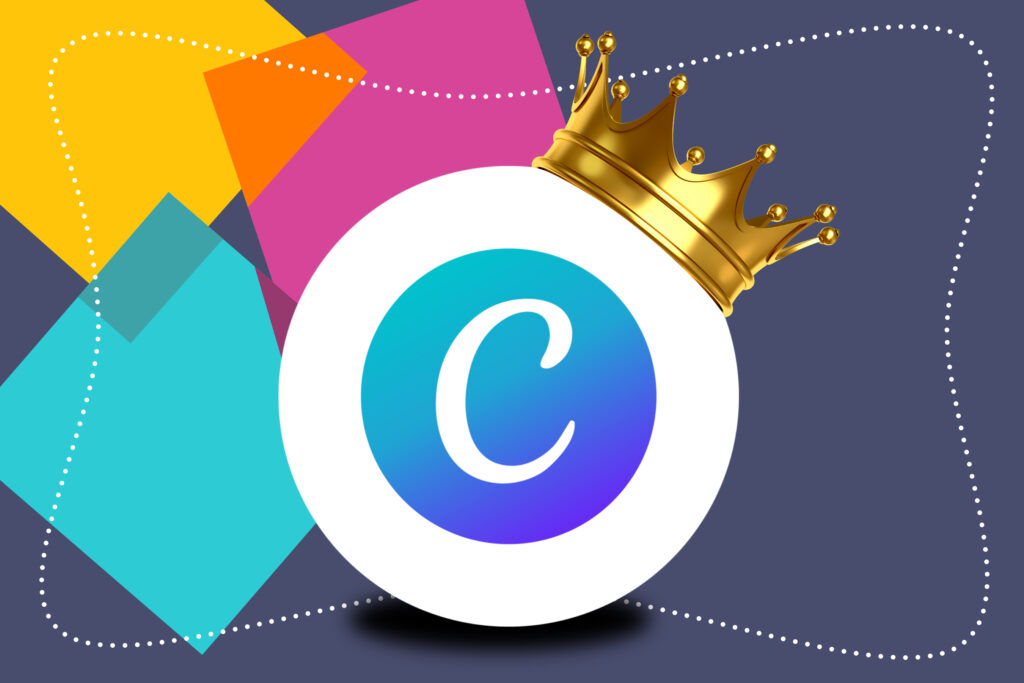
Let me start by saying: I like Canva. Truly. It’s intuitive, powerful, and an absolute lifesaver for teams who need to move fast. Need a last-minute slide deck? A social post with five versions for five platforms? A business card for a guy who might quit next week? Canva’s your buddy. I hate being the gatekeeper for all things creative, or even worse: the bottleneck.
But here’s the thing I’m noticing more and more—and maybe you are too.
Creative directors (bless us all) are still meticulously micromanaging their designers. Replacing one sans serif with another barely distinguishable sans serif. Shifting text 1px to the left, then 1px back to the right after a coffee break. Meanwhile… the social graphics, intranet design and HR career fair flyers—you know, the stuff that actual customers and prospects see—are getting Frankensteined together by 5,000 Canva users across the org with vibes ranging from “kindergarten birthday invite” to “PowerPoint crimes against humanity.” Sure, we give them templates, but short of crazy gluing the logo to the upper right corner, I still saw all kinds of crazy brand felonies on social media.
Canva isn’t the problem.
Chaos is.
So how can we help the social media managers and other stakeholders to create great content they are proud of AND keep the freakin’ logo in the right place?
1. Build a Canva Brand Kit That Actually Works
Don’t just upload a logo and call it a day. Set up a real brand kit in Canva Pro:
- Fonts (with hierarchy: headers, subheads, body)
- Brand colors (organized by use, like primary/secondary/alerts)
- Approved logo variations
- Branded graphic elements (buttons, frames, overlays)
Then lock what needs locking and leave room for creative freedom. Think “coloring book with sharpie outlines,” not “free-for-all finger paint.”
Bonus points: Make sure they’re using the RIGHT templates on a quick Teams chat. What good are rules if they open their old files afterwards.
2. Create Modular, Editable Templates
Social managers aren’t trying to go rogue—they’re trying to post quickly and often. So give them:
- Pre-approved template sets for stories, reels covers, quote cards, carousels, etc.
- Clear naming conventions (“Brand_Post_Quote_A,” “Brand_Reel_Cover_Alt1”)
- Templates built with real-world use in mind (big text for mobile, room for last-minute headlines)
Bonus points: Add a quick-use “What Goes Where” guide baked into the design itself as a hidden layer or a downloadable cheat sheet.
3. Offer Micro Office Hours or “Brand Police” Slack Time
Instead of waiting for disaster to strike, be proactive:
- Set up a weekly 30-minute open session for “Is this on-brand?” questions
- Or dedicate a Slack channel for approvals, fast feedback, or template tweaks
This way, social managers aren’t guessing—or worse—avoiding you altogether because approvals feel slow or intimidating.
Bonus Points: Don’t schedule for Friday at 4pm.